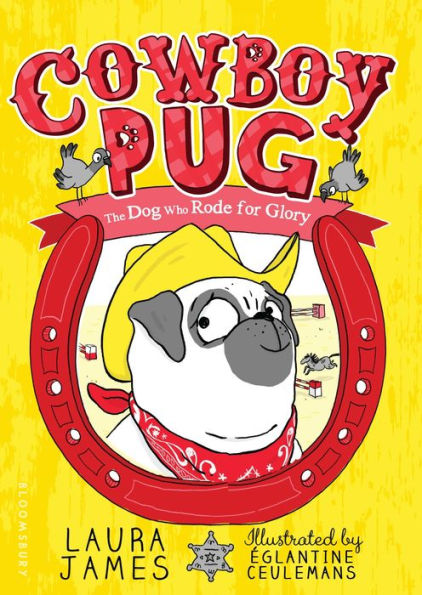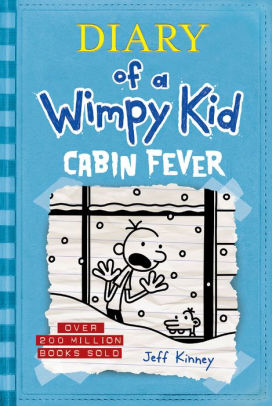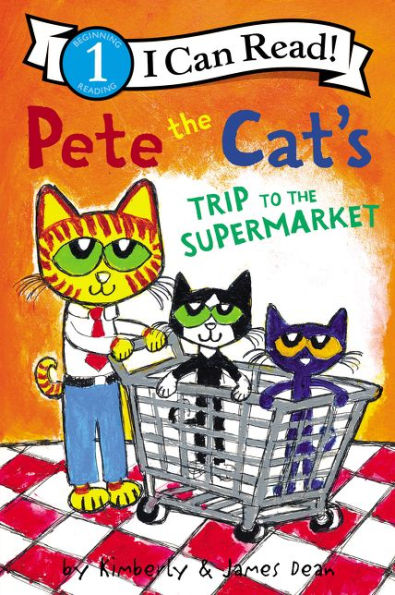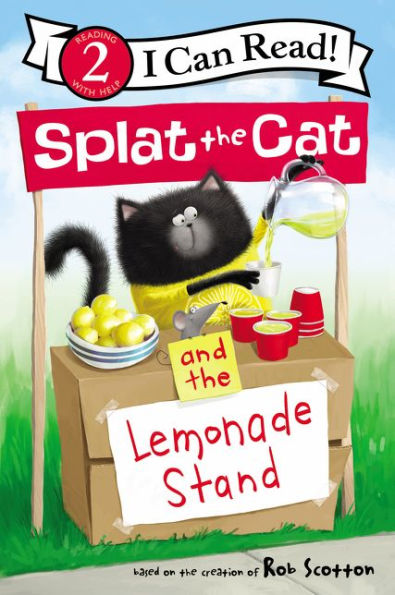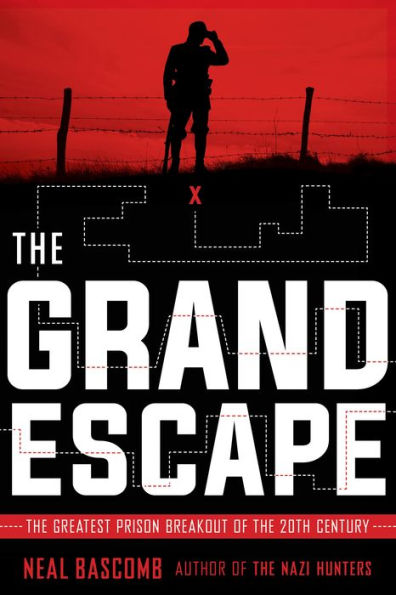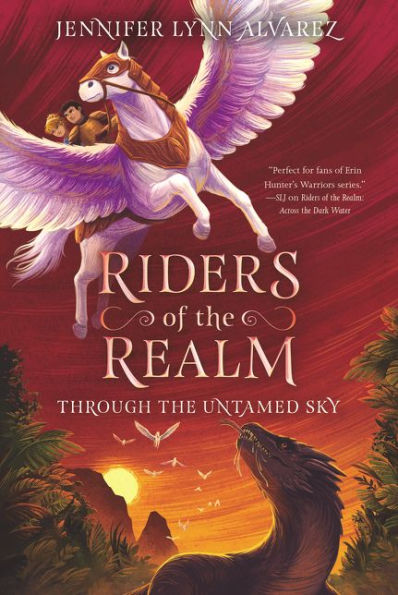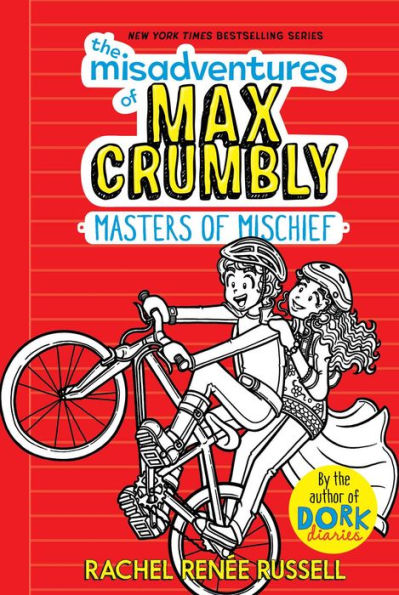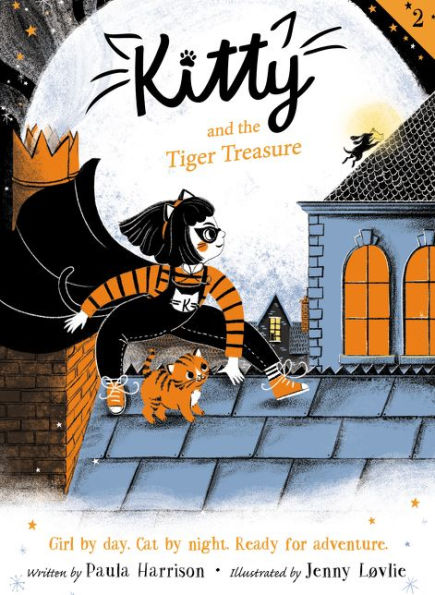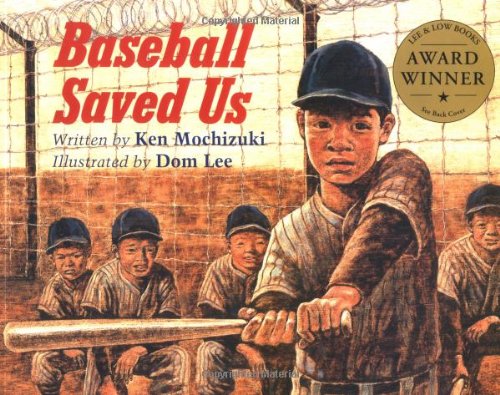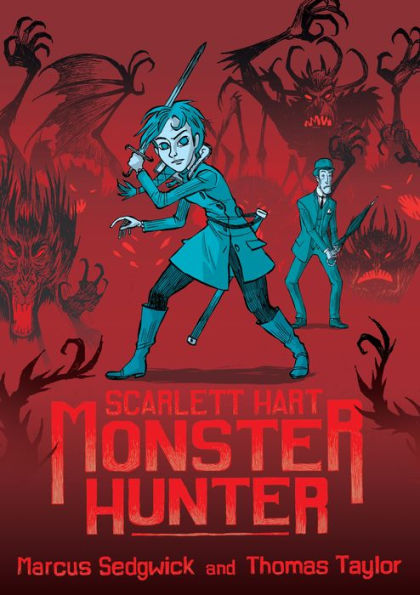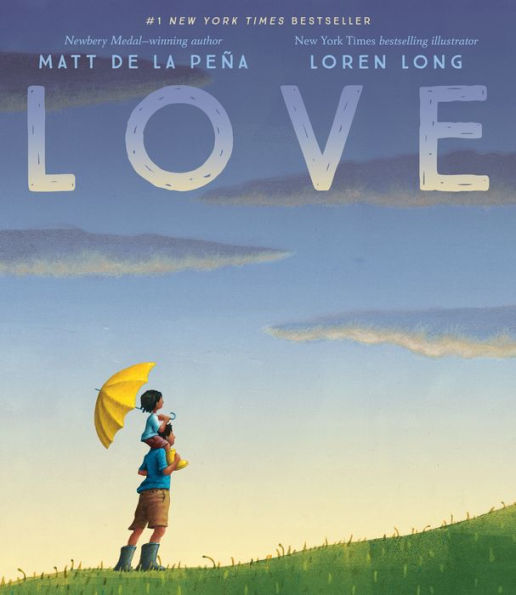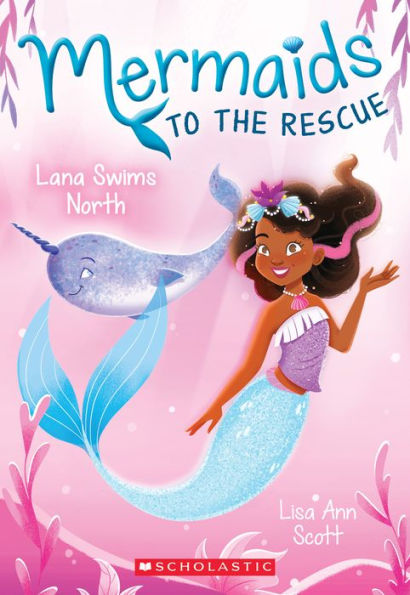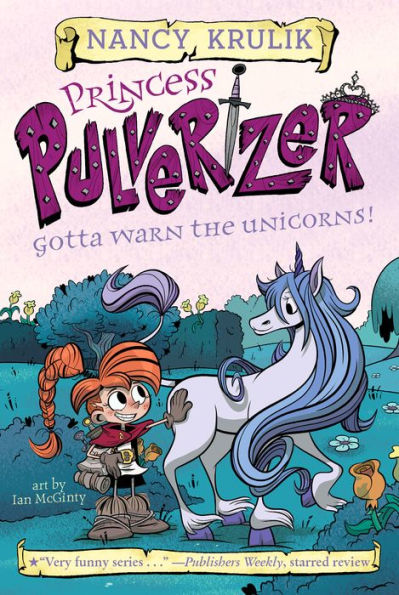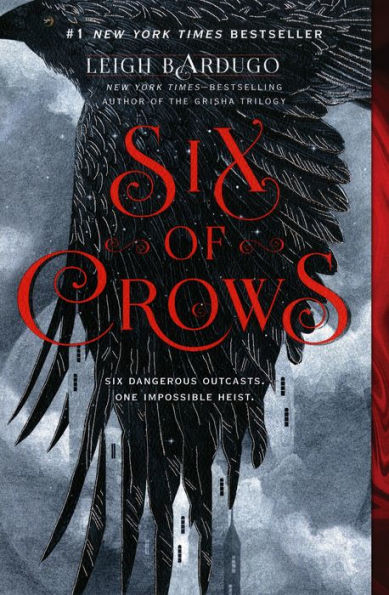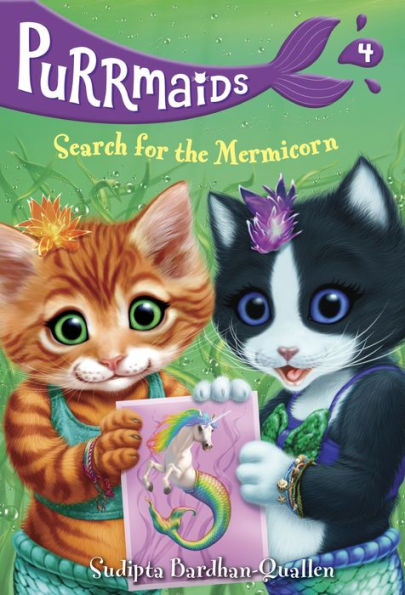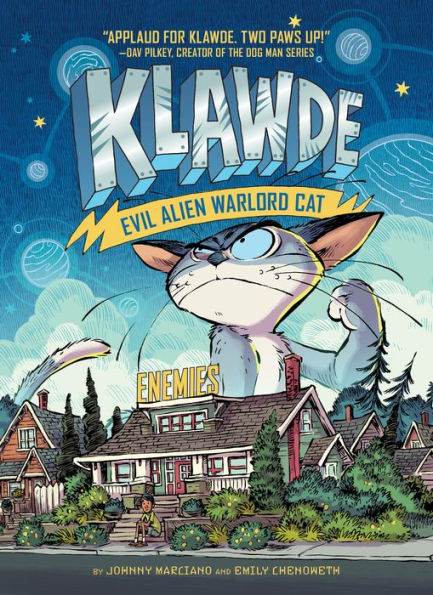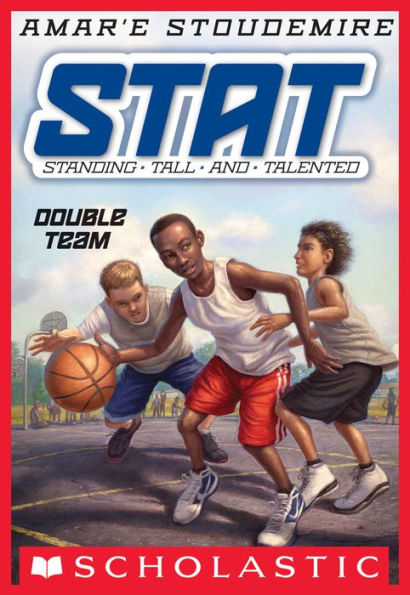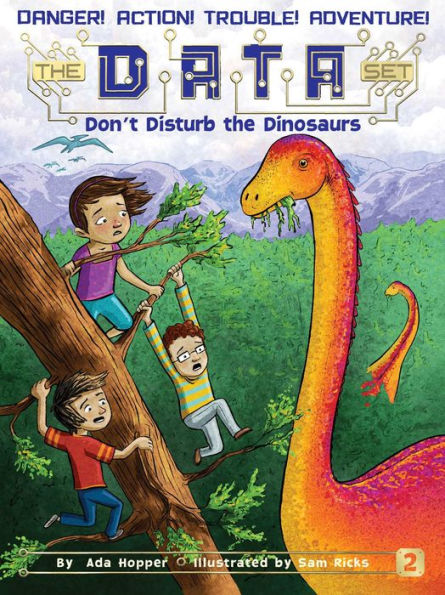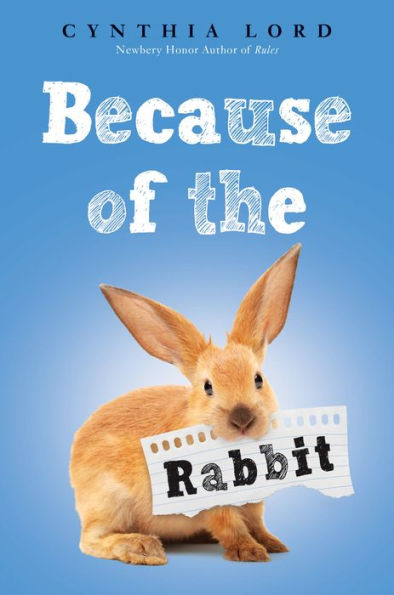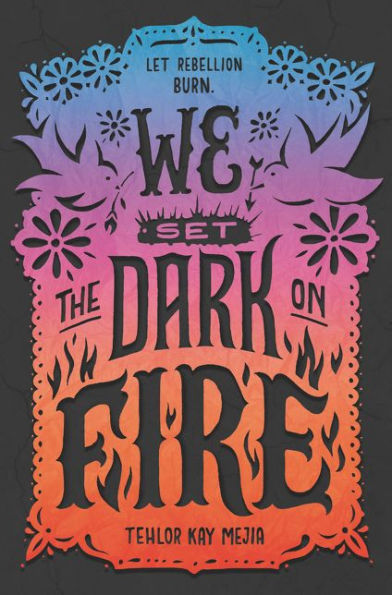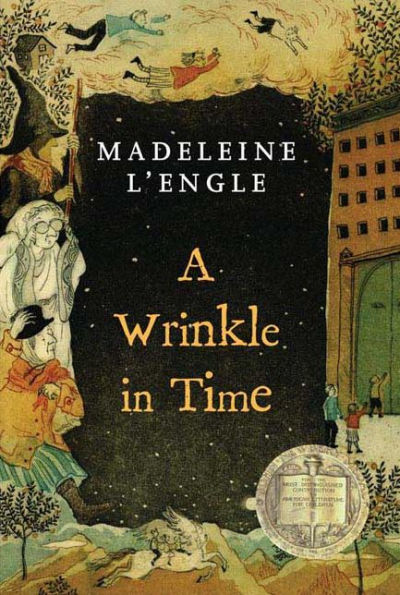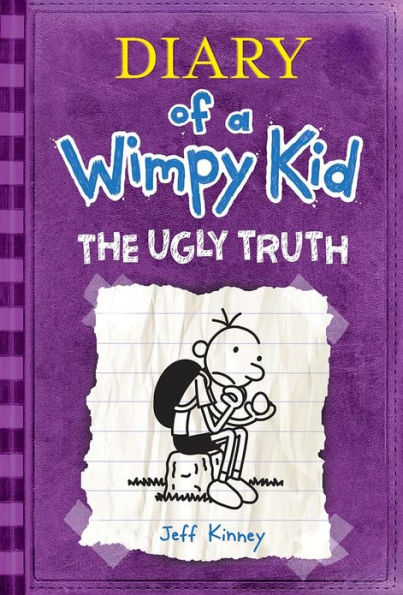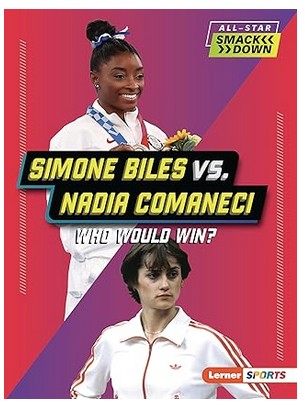When it comes to the magic-wielding Grisha, nothing is ever easy. Especially not when Grisha are subjected to jurda parem, a dangerous new drug that not only enhances their latent abilities but also throws those same Grisha into a never-ending cycle of addiction and suffering.
Now, the only man who knows the formula to jurda parem, Bo Yul-Bayer, is locked up in the Ice Court, one of the most secure prisons in the world. There are many people looking to free Bo Yul- Bayer in order to use his knowledge, but Kaz Brekker is hired for the exact opposite.
Kaz and his crew, Inej, Jesper, Nina, Wylan, and Matthias, are about to breach the toughest prison in the world to free Bo Yul-Bayer and make sure he doesn’t fall into the wrong hands. They could very well die or be imprisoned, but the promise of four million kruge (the main currency of their home city of Ketterdam) is all too compelling. Plus, the six want the chance to fix all the mistakes they have made over the course of their lives. Kaz and his crew are the best at being thieves, yet not every plan can go perfectly. Jurda parem could flip the world on its head, and if the six fail, the world could plunge into a world war.
Bardugo’s Six of Crows is an adventurous story from the very beginning. The story follows the distinct personalities of gang leader Kaz, the silent assassin Inej, the sharpshooter Jesper, the Grisha Nina, the aristocrat Wylan, and the Fjerdan witch-hunter Matthias. The story ebbs and flows between the six main characters and their grand plan to sneak into the Ice Court to free the maker of a powerful drug.
There’s suspense, great action, and wonderfully compelling characters. Most of all, there’s a great sense of progression, both in the overarching plot development and in the main six characters.
Bardugo incorporates the members of Kaz’s crew into the flow of the story, and each character is vital in the plan to infiltrate the Ice Court. For instance, Matthias was once a guard was stationed at the Ice Court, allowing him to be the one to create a map of the prison. Each character’s backstory also comes into play quite frequently, bringing forth the idea that each member is struggling with something that has been haunting them for years. This is a strength of Bardugo’s writing, as her themes of overcoming one’s past and staying true to one’s feelings play out brilliantly. The biggest example of this is found in Matthias and Nina’s relationship. The two are obviously in love, but because one is a Grisha and the other is a Grisha hunter, the two often get very close to killing each other, quite literally. In the end, they manage to overcome their past prejudices and open up to each other.
Overall, Six of Crows is a wonderful read for any young adult reader. Its main characters are incredibly likable and the story flows well. The plot isn’t overly complicated, though there are a lot of characters to keep track of. Six of Crows is a page-turner that will have readers wanting more. For readers who want a blend of romance and a group of skilled characters pulling off a heist, Six of Crows is definitely the right choice. This novel also would be best suited for mature young adults.
Sexual Content
- When a guard is mulling over how to tell if a girl likes her, his companion says, “Just tell her she’s got skin like moonlight. Girls love that.” That same guard later thinks, “He and Anya only ever exchanged a few words on his rounds, but she was always the best part of his night.”
- In the pleasure district of Ketterdam, known as the Barrel, there are many brothels. Inej, one of the main characters, was in a brothel known as the Menagerie before she came to the dregs. “She’d lost most of her modesty during her time with the Menagerie, but really, there were limits.” In the Barrel, “peepholes were a feature of all the brothels.” Inej thinks about the Menagerie, “If you had a taste for a Shu girl or a Fjerdan giant, a redhead from the Wandering Isle, a dark-skinned Zemeni, the Menagerie was your destination.”
- Kaz and Inej have a budding romance throughout the novel. For instance, Inej thinks, “What would Kaz say if she suddenly stripped down and started washing herself in front of him?” Again, Inej thinks, “One minute he made her blush and the next he made her want to commit murder.” Later, Inej thinks, “Feeling anything for Kaz Brekker was the worst kind of foolishness.”
- When talking to Nina Zenik, Kaz says, “A man doesn’t need a bed to get ideas, Nina.” During their conversation, Nina “shucked off the red kefta, revealing a slip of satin so thin it barely counted as cloth.”
- Kaz also points out to Nina, “You have crumbs on your cleavage.”
- Nina and Matthias have a dangerous relationship. Nina thinks about Matthias: “In another life, she might have believed he was coming to rescue her, a shining savior with golden hair and eyes the pale blue of northern glaciers.” After rescuing Matthias from prison, Nina “pressed a kiss to his temple.”
- Matthias thinks at the same time that “In the bad dreams, he kissed her.” Again he thinks, “He kissed her, buried his face in the sweet hollow of her neck.”
- After first meeting and surviving an explosion on a boat, Nina and Matthias huddled naked together for warmth. “He gave the fire a stern jab, but she ignored him and stripped off the rest of her clothes.”
- When thinking about her parents, Inej remembers her father “leaving little bouquets of wild geraniums for her mother to find everywhere, in the cupboards, the camp cook pots, the sleeves of her costumes.” When thinking about her own love life, Inej thinks, “There had been no boys to bring her flowers, only men with stacks of kruge and purses full of coin.”
- Jesper and Wylan, two main characters, flirt sometimes. When Wylan tells Jesper to close his eyes while they’re under attack, Jesper says, “You can’t kiss me from down there, Wylan!”
- When she was captured by Fjerdan witch-hunters, Nina heard one say about her, “I like this one, still nice and round. Maybe we should open that cage door and hose her down.” Immediately after this, Matthias asks his comrades, “Would you fornicate with a dog?”
- When Kaz and Inej finally reveal their true feelings to one another at the end of the book, Inej says, “I will have you without armor, Kaz Brekker. Or I will not have you at all.”
Violence
- A merchant has his guard cut open a boy’s arm for an experiment with jurda parem, a powerful drug. “The guard gave the boy a pat then slashed a bright red cut across his forearm. The boy started crying immediately.” In that same experiment, the merchant tells the guard to “Cut off the boy’s thumb.” This is commanded to be done because the merchant wants to see if a Grisha, a magic user, can use their power with the extra boost of jurda parem to heal a body part that was cut off.
- When thinking about Kaz, Inej thinks, “The boy they called Dirtyhands didn’t need a reason any more than he needed permission—to break a leg, sever an alliance, or change a man’s fortune with the turn of a card.”
- When Inej climbs into a tank, she’s desperate to get it working. “Finally one of the guns rolled upward. She pulled on the trigger, and her whole body shook as bullets rattled against the enclosure glass like hail, pinging off in all directions.” Inej fires the tank at Fjerdan soldiers, who are desperate to either capture or kill her and her comrades.
- Nina attacks Jarl Brum, who was once Matthias’s drüskelle captain. “Then her hand shot out once more, and Brum shrieked. He clapped his hands to his head, blood trickling between his fingers.”
- When Kaz and the others free Matthias from Hellgate prison, Matthias attacks Nina. “He launched himself forward, flipping her to the ground, hands fostered tight around her throat, straddling her so that his knees pinned her arms to the ground.” Nina isn’t injured in this interaction.
- Big Bolliger, a member of Kaz’s gang, betrays Kaz and Jesper, so Kaz retaliates. “It was certainly why he’d let Holst put a bullet in Bolliger’s gut.”
- As Jesper and Wylan are about to be killed by a Shu Tidemaker, a member of a foreign team, Jesper uses his Grisha powers to save himself and Wylan. “The female Tidemaker screamed as the metal burrowed into her flesh, and she tried to turn to mist.”
Drugs and Alcohol
- Gambling is a backdrop for the Dregs (the gang Kaz and the others work for). Kaz has “been the floor boss at the Crow Club for more than two years.” The Crow Club is where the Dregs make the most money through gambling. Drinking is sometimes mentioned at the Crow Club, as explained below.
- The drug, jurda parem, is a main focus of the story. Jurda parem is a drug that enhances a Grisha’s magical abilities, but also one that is incredibly addictive and dangerous. It comes in a “powder” substance. For instance, “Jurda was nothing to fear, a stimulant everyone in the stadwatch chewed to stay awake on late watches.” Van Eck, the man who hires Kaz’s crew to hunt down the creator of jurda parem, says, “Jurda parem is something completely different, and it is most definitely not harmless.” He also says, “It’s lethal. An ordinary mind cannot tolerate parem in even the lowest doses.”
- When Kaz’s crew is surrounded by the Fjerdan military, Nina takes jurda parem to alter her Grisha abilities in order to save them all. “Her blood began to thrum, and her heart was suddenly pounding.” After Nina takes jurda parem to save the entire group from the Fjerdan military, she thinks, “Everything felt wrong. All she could think of was the sweet, burnt taste of the parem.”
- Kaz and Geels, a fellow gang leader, make small talk about “the suspicion that the Kooperom was serving watered-down drinks now that the rent had been raised.”
- Per Haskell, the leader of the Dregs, “preferred to sit in the warmth of his room, drinking lukewarm lager.”
- When talking about the success of the plan to steal Bo Yul-Bayer, the creator of jurda parem, Kaz says, “We’ll have waffles. And whiskey. If this job doesn’t come off, no one’s going to want to be around me sober.”
- When Kaz is attacked by two Grisha in an alley, before passing out he thinks, “‘Drugged,’ Kaz thought, trying not to panic. ‘I’ve been drugged.’” Immediately after, he thinks, “A ghost with a syringe?” Later on, it says about Kaz that “Whatever they’d injected him with had left him groggy.”
Language
- The word crap is used a few times. For instance, Kaz, the pseudo leader of the Dregs, is called a “cocky little piece of crap” by a fellow gang leader. When that same gang leader threatens to shoot him, Kaz replies with, “Find your balls and give the order.”
- The word ass and bastard are used sometimes. For instance, Kaz calls the Black Tips, another gang, “a spectacular bunch of asses.”
- The word hell and damn are used frequently. For example, when Kaz wakes up after being kidnapped, he says, “so what the hell was going on?”
- The word whore is used sometimes. When Kaz is debating with a high-class merchant, Van Eck tells the merchant, “I don’t run whores, and I kill for a cause.”
- When bantering with Jesper, Kaz “replied with a time-saving gesture that relied heavily on his middle finger and disappeared below deck.”
- The word fuck is used once in the novel. When Kaz once demanded to see the man who ruined his life, he says, “Jakob fucking Hertzoon. I want to talk to him.”
- When someone’s watch is stolen, the person says, “Son of a bitch.”
Supernatural
- Magic is a backdrop, with most magic users known as Grisha.
- Matthias is a drüskelle, “one of the Fjerdan witch-hunters tasked with hunting down Grisha to face trial and execution.”
- Grisha are typically placed into different groups based on their power. The groups include the Corporalki, the Etherealki, and the Materialki. Corporalki “specialized in the human body. They could stop your heart, slow your breathing, snap your bones. They couldn’t get inside your head.” An Etherealki, the Tidemaker, “can control currents, summon water or moisture from the air or a nearby source.” Materialki, as the name suggests, allows Grisha to create a variety of materials: “Because it’s made with Materialki corecloth. It can withstand rifle fire.”
- A Grisha “raised an arm and a gust of air slammed Joost backward.”
- Kaz’s ship is attacked while the group is on an island. “Before anyone could draw breath to protest, two huge walls of water rose and shot toward the Ferolind. They crushed the ship between them with a resonant boom, sending debris flying.” Inej is kidnapped after the ship is destroyed by another Grisha: “The Squaller barreled into Inej and sped upward with her into the sky.”
- When Grisha are given jurda parem, their powers become amplified. For instance, when a Grisha named Anya uses her power on a boy, “She waved her hand through the air, the gesture almost dismissive, and the cut on the boy’s arm sealed instantly.”
- Another Grisha used his powers to kidnap Kaz. “And then a figure stepped through the wall.” The Grisha steps through the wall behind Kaz and then restrains him.
- Under the influence of jurda parem, Nina stops an entire army. “‘Sleep,’ she commanded. Nina swept her hands in an arc, and the soldiers toppled without protest, row after row, stalks of wheat felled by an invisible scythe.”
- Nina alters a person’s appearance. “Nina had been a passable Tailor at best—under the influence of jurda parem, well, as Van Eck had once said, ‘Things become possible that simply shouldn’t be.’”
- Some Grisha use other means to amplify their powers such as “animal bones, teeth, scales.”
Spiritual Content
